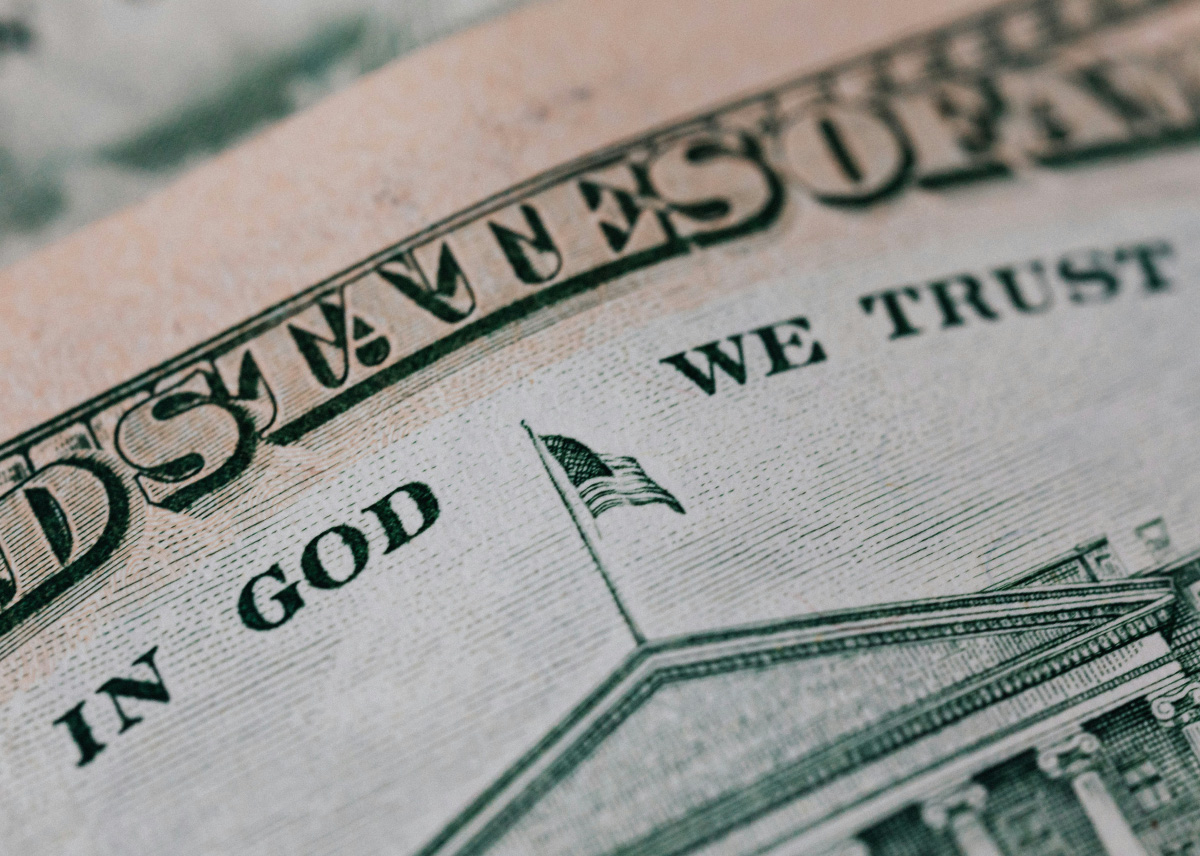
The rapid decline of the U.S. dollar since the start of the year may have an unintended consequence, one that could tie the Federal Reserve’s hands just as political pressure mounts from the Trump White House to slash interest rates.
According to Apollo chief economist Torsten Slok, the roughly 10% drop in the dollar’s value since January is likely to boost inflation at a time when policymakers are trying to keep it contained.
Slok cited the Fed’s own macroeconomic model, which estimates that every 10% depreciation in the dollar adds roughly 0.3 percentage points to inflation.
“Put differently, there is not only upward pressure on inflation from tariffs and immigration restrictions but also from the ongoing dollar depreciation,” Slok wrote.
The economist was referring to the U.S. Dollar Index (DXY) — a gauge of the greenback’s performance against six major currencies — which has been falling at its fastest pace in nearly five decades. The decline is now testing a critical support level that has held for 14 years.
As InvestorsObserver recently reported, that make-or-break threshold sits near 96.60, with DXY currently hovering around 97.90.
If the dollar remains at its current level through year-end, Slok’s analysis implies that CPI inflation could drift back toward 4%. That risk grows as tariffs pass through to consumer prices and commodity costs continue firming, potentially reversing the Fed’s disinflationary progress.
That would be a nightmare scenario for the Fed, which is already under fire for cutting rates into an inflationary backdrop.
Inflation is likely to have a higher floor
Although the Fed officially targets 2% inflation, as measured by its preferred core PCE index, there’s a growing consensus on Wall Street that policymakers may tolerate a higher floor for price pressures in the current cycle.
The latest data show core PCE holding at a 2.9% annual rate in August, after accelerating the previous month.
Under normal circumstances, such readings would argue against easing policy, yet the Fed cut rates at its September FOMC meeting, citing a weaker labor market as justification.
Recent inflation data “emphasized that tariff-related price pressures are still with us, in addition to some heat in the services sector — making the road to Fed cuts a bit bumpier,” wrote Liz Ann Sonders and Kevin Gordon, strategists at Charles Schwab.
They added that prices are growing across the board, rather than concentrated in a few categories and 72% of CPI components are currently running above the Fed’s 2% target.
Your email address will not be published. Required fields are markedmarked